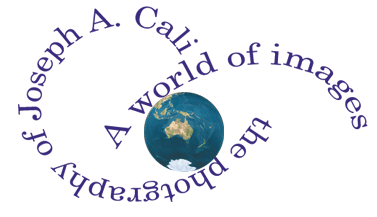
If you follow the 6 guidelines below you will be well on the way to being a better printer. If you do one of my printing workshops, you will hear rule 3 over and over again until you stop bringing me test strips made on the mid-tones or shadows.
1. Always do a test strip.
2. You will waste less paper on bad prints if you use more paper on test strips - use a decent size test strip at least 1/4 - 1/2 of the final print size. This lets you see what the whole print is saying to you. You can't get a good overall picture of an elephant by looking at its toenail with a magnifying glass.
3. The test strip should be done on the most important highlight. For example, in a portrait, the skin tone or the whites of the eyes, White foam on the caps of waves, snow capping a mountain. Do not mix tones in the test strip (i.e. do not have half of the test strip on white and the rest on black areas of the negative).
4. Print Exposure time controls the highlight (whites)
5. Filter Selection gives the appropriate contrast which in turn controls the Shadows (Blacks)
6. A good print has highlights that are just white*, deepest shadows that are just black*, and a good range of tones in between.
* If you have trouble with judging white and black make yourself some reference patches. Take a generous test strip(10cm x 20cm) and put it under the enlarger set at f2.8 for 20 seconds. Cut this strip in half to get two 10 x 10cm pieces. Place one directly in the fixer without developing it and put the other in the developer for two minutes. Wash the one that went in the fixer and develop, stop, fix and wash the other. These represent pure white and true black for your paper.
|
Joseph A. Cali |